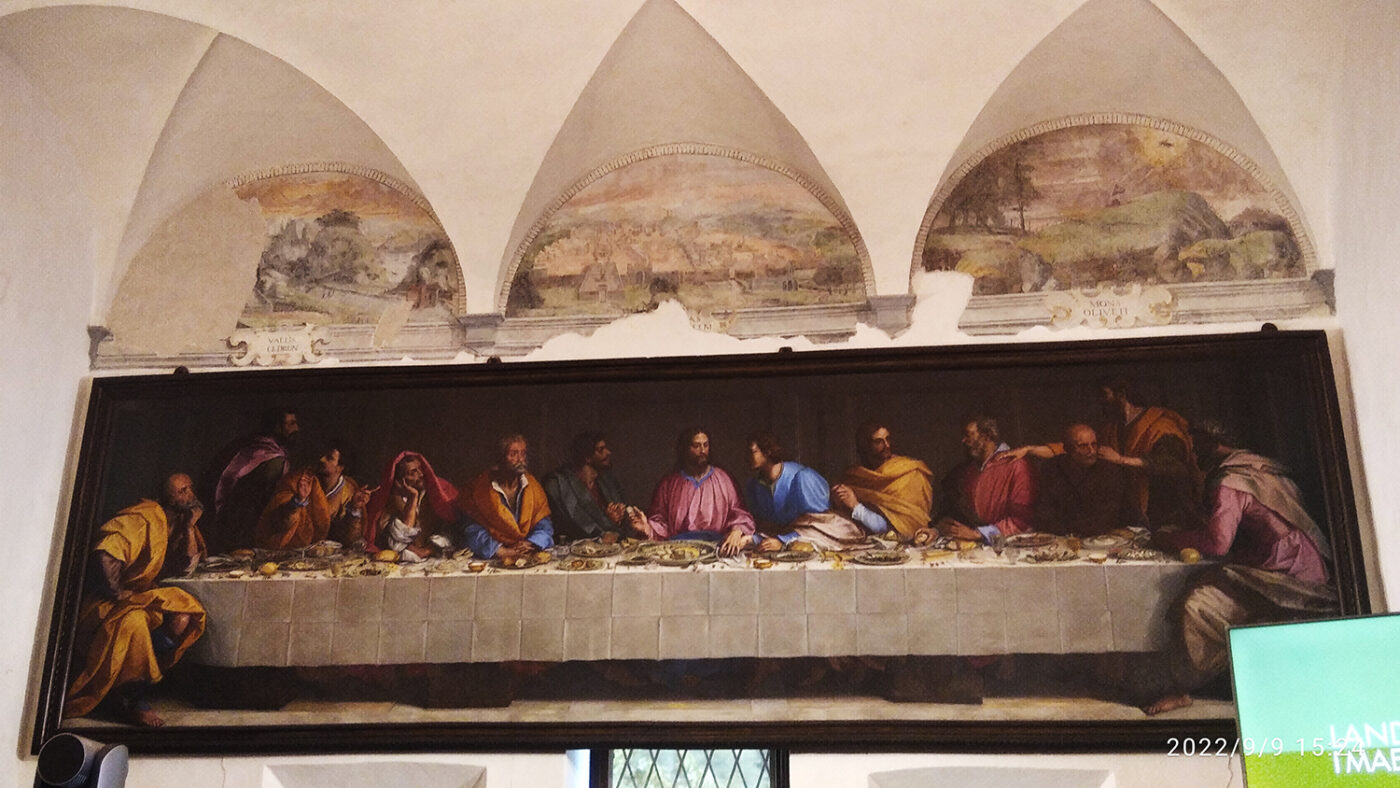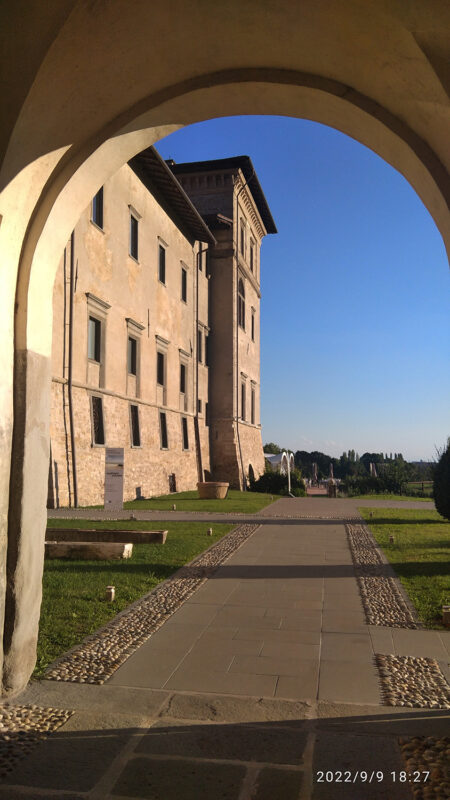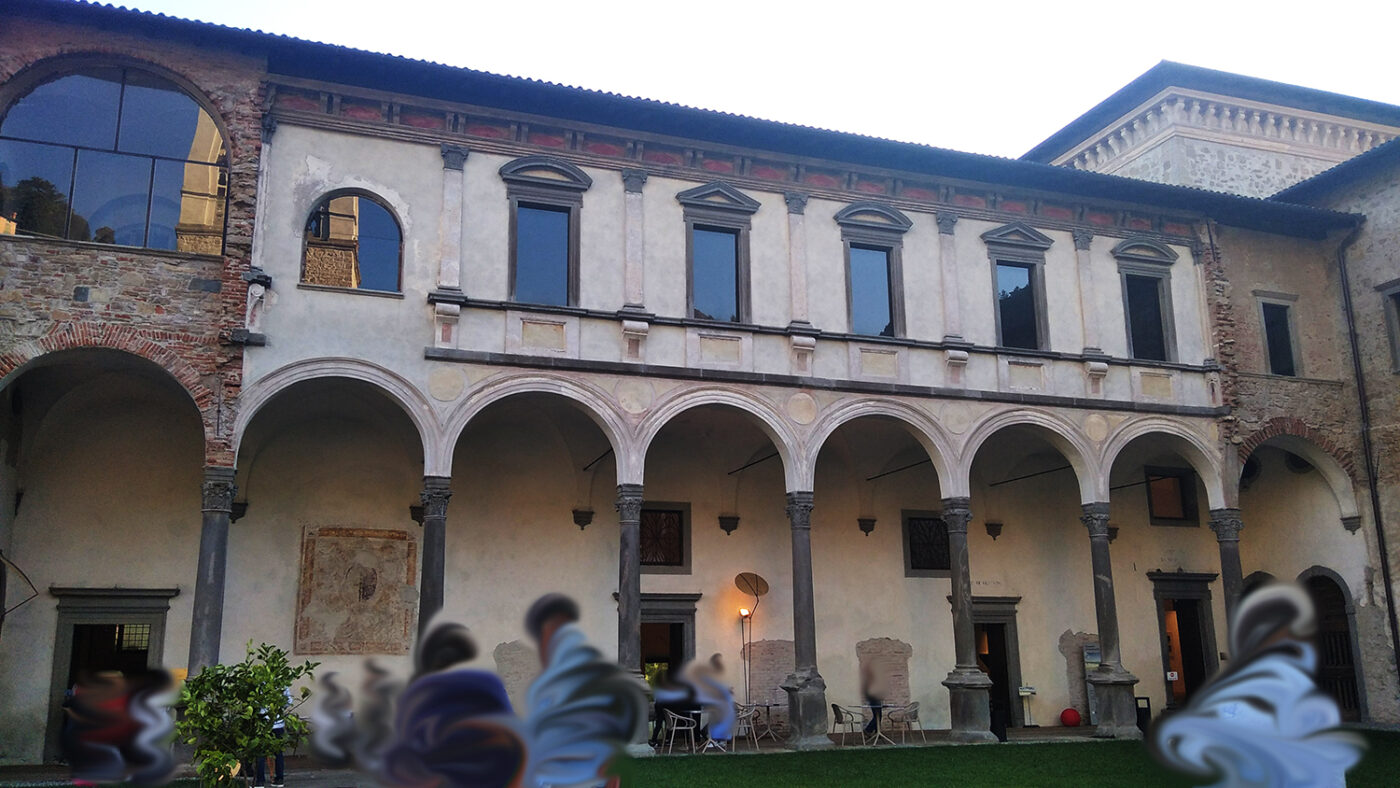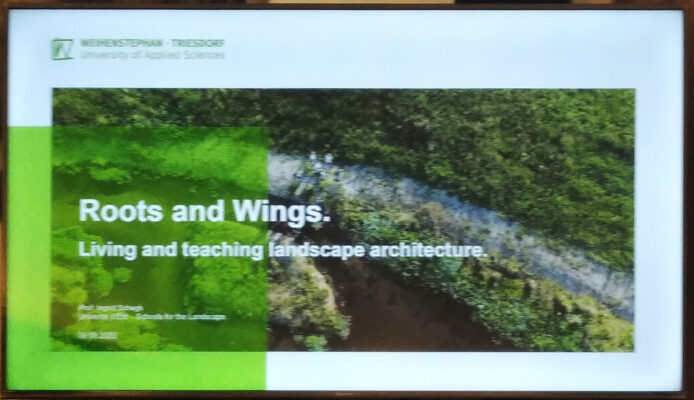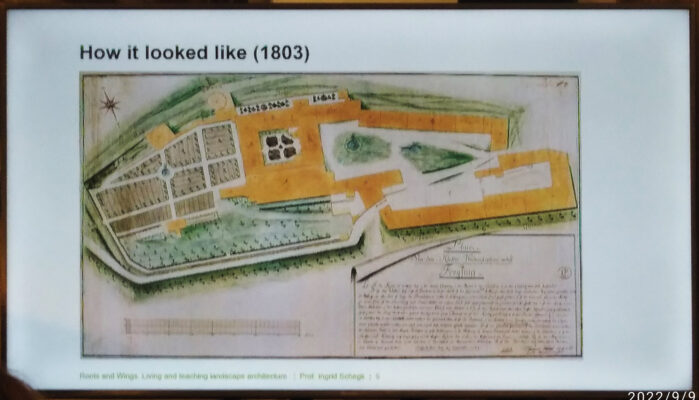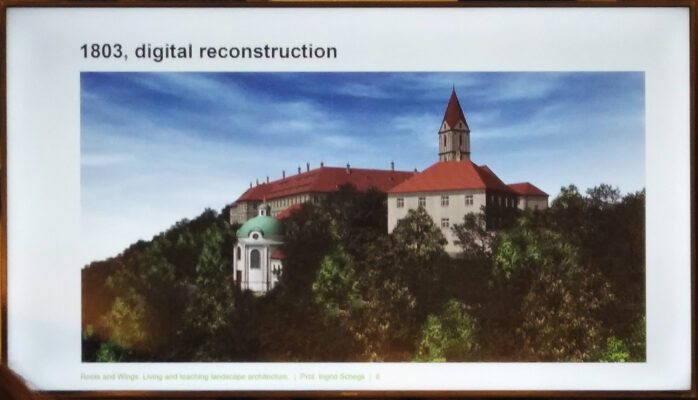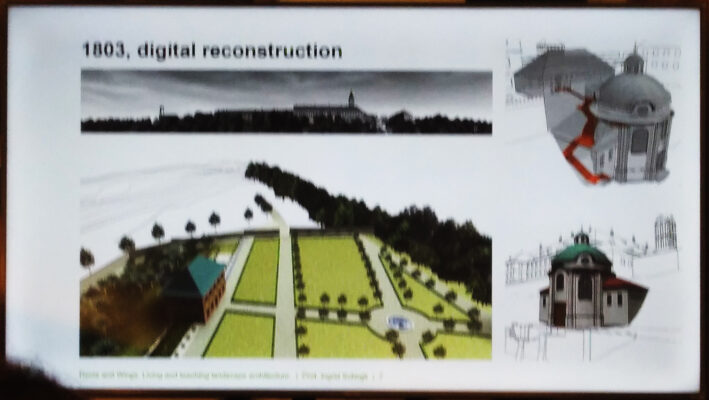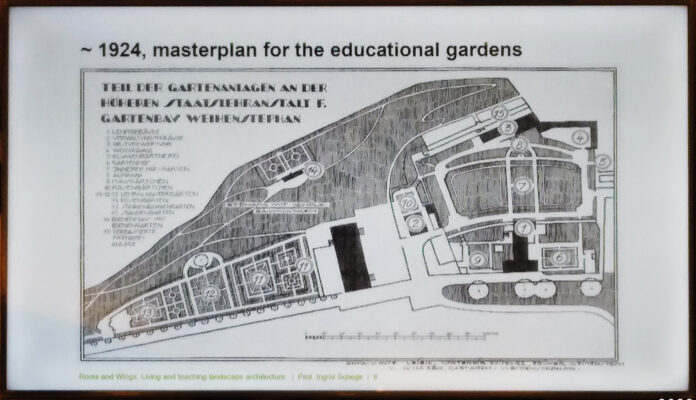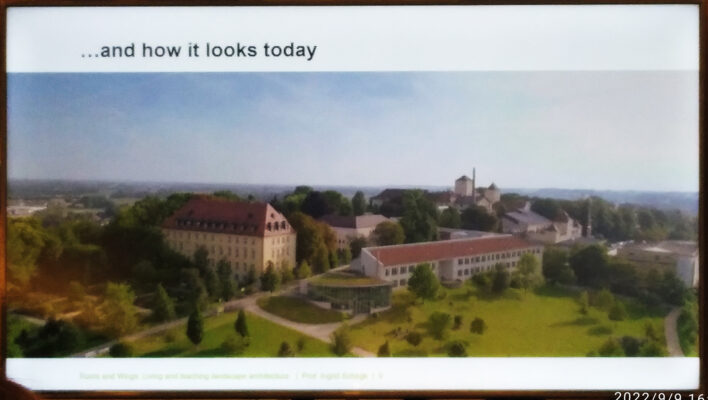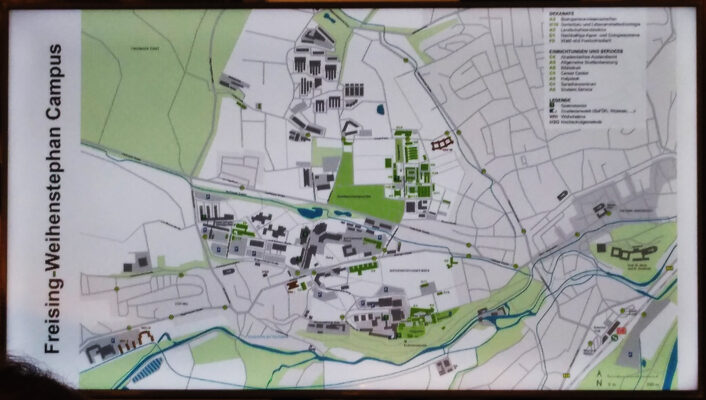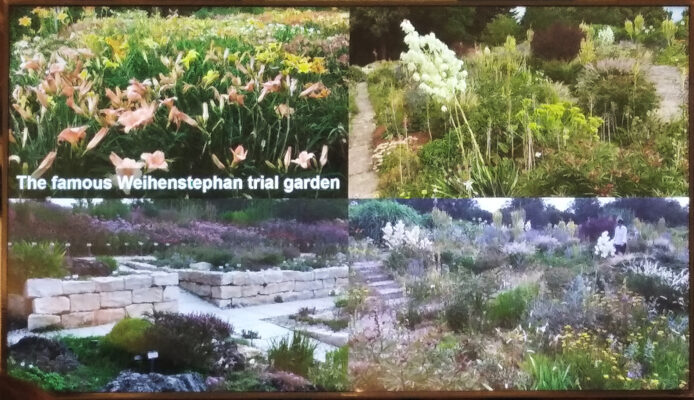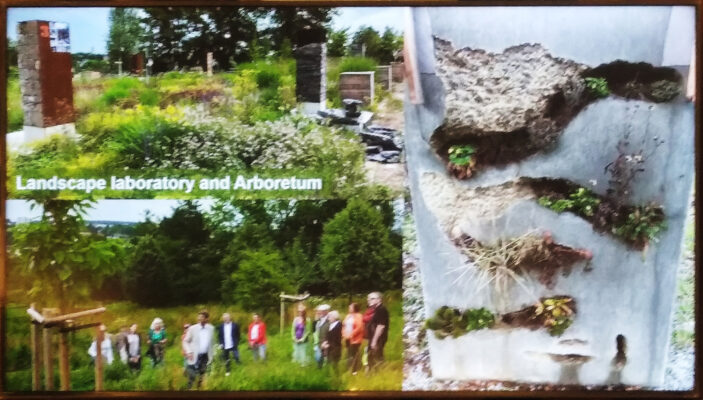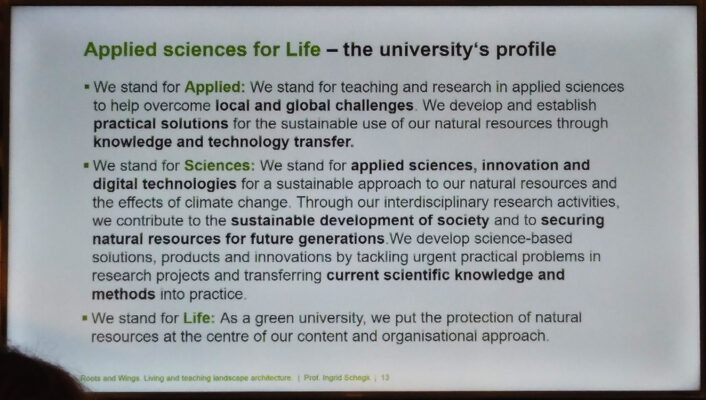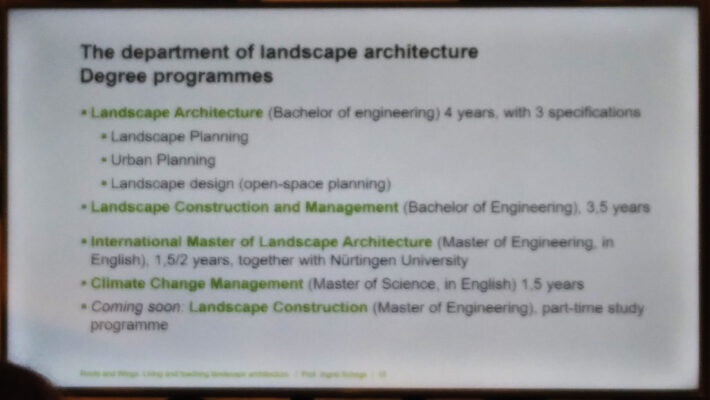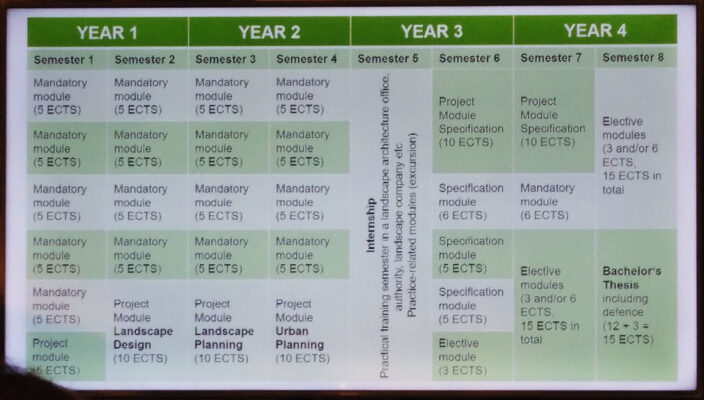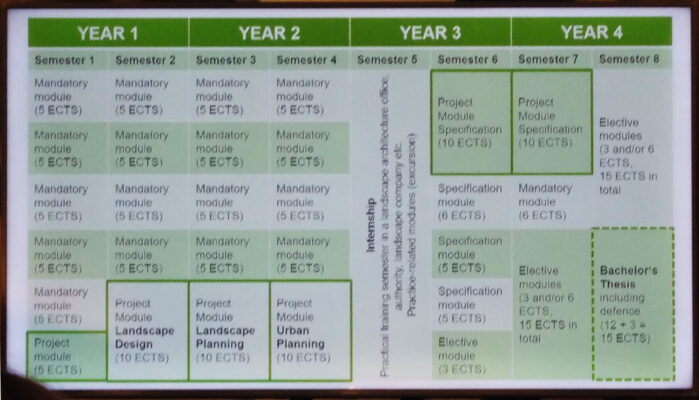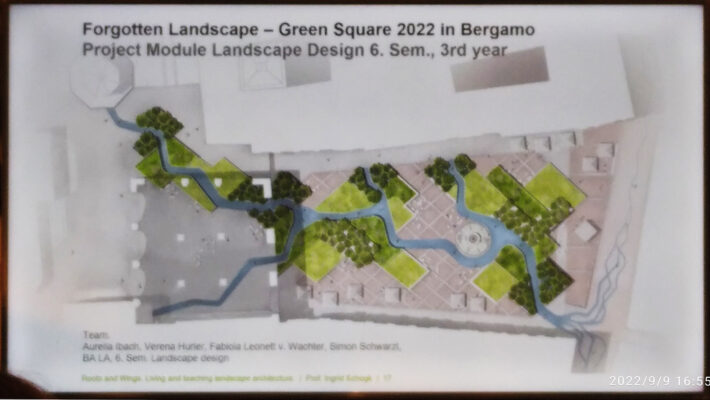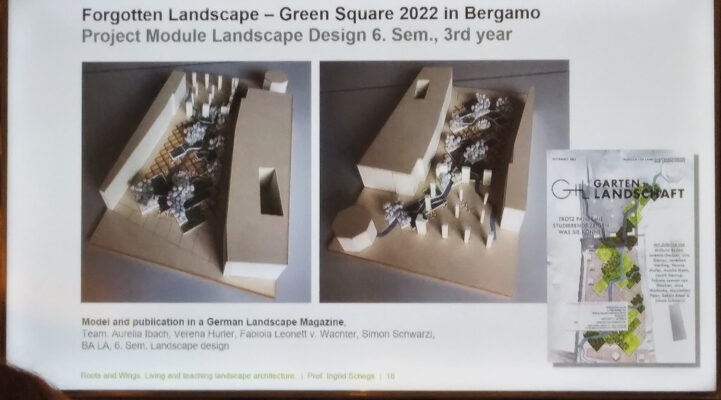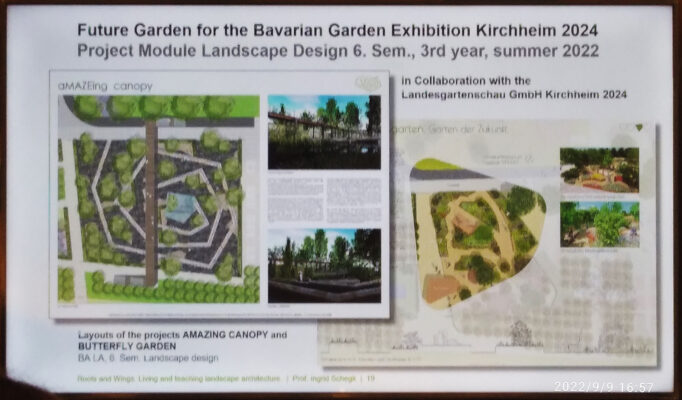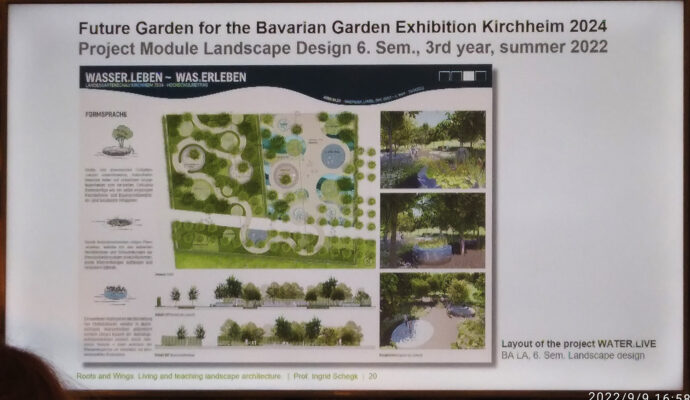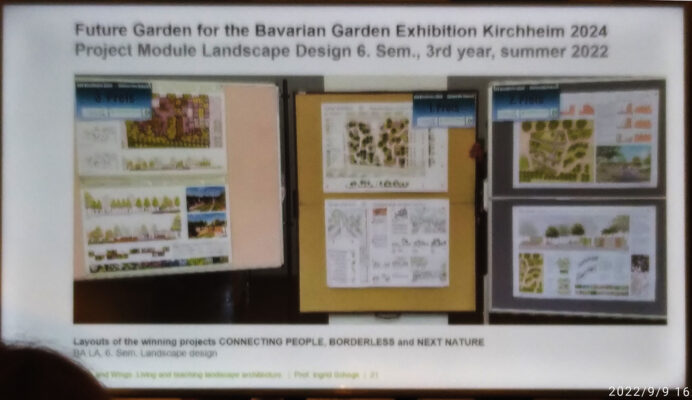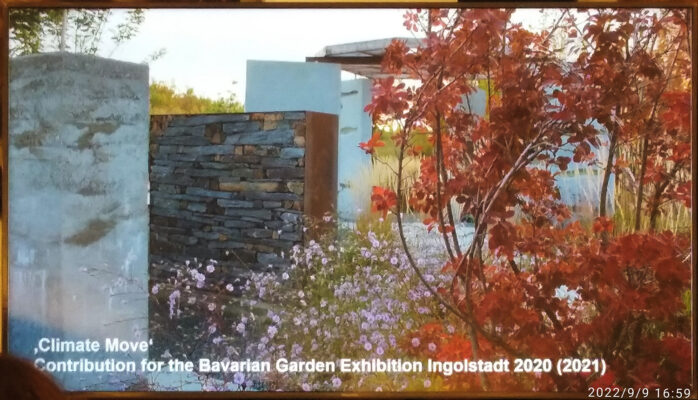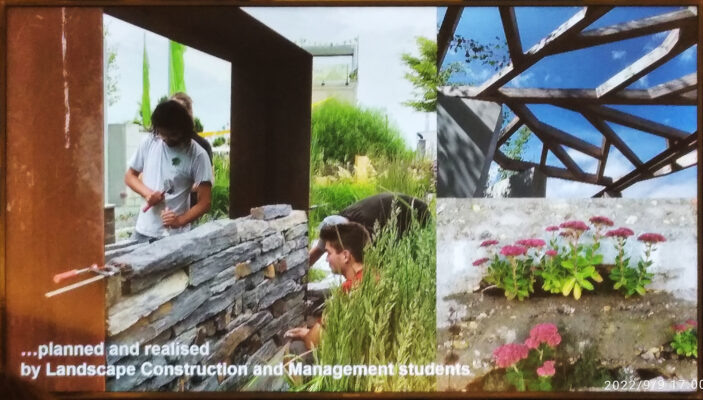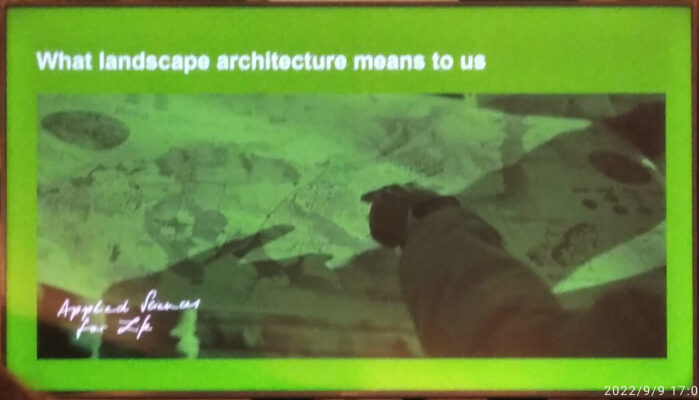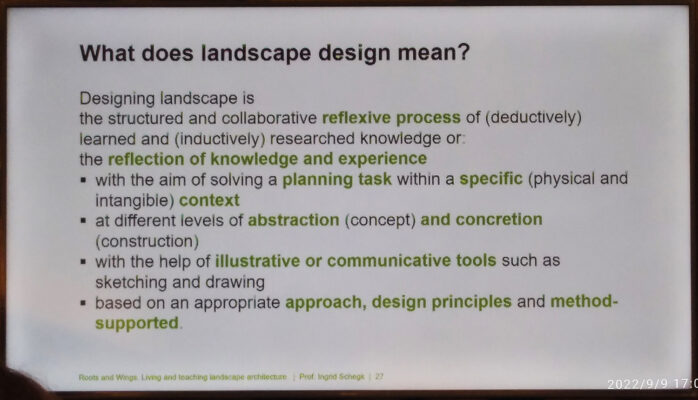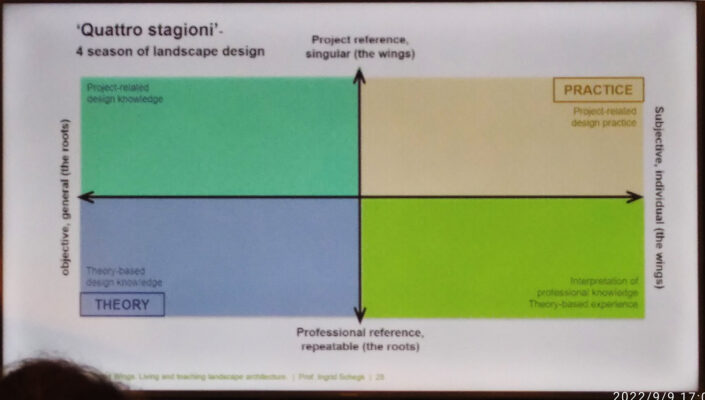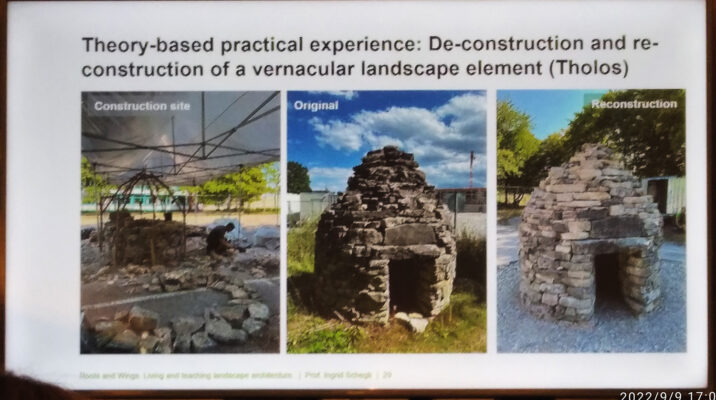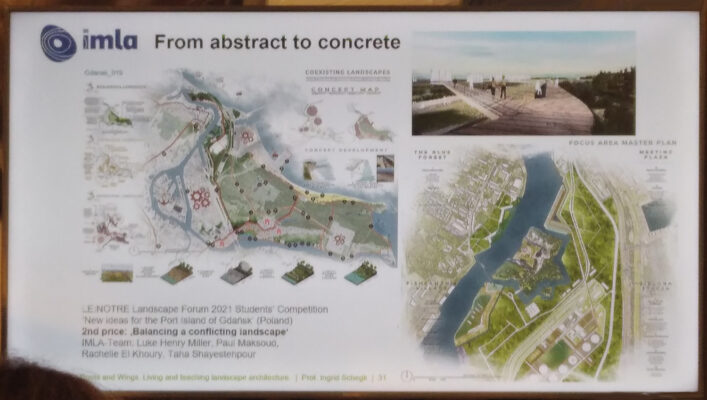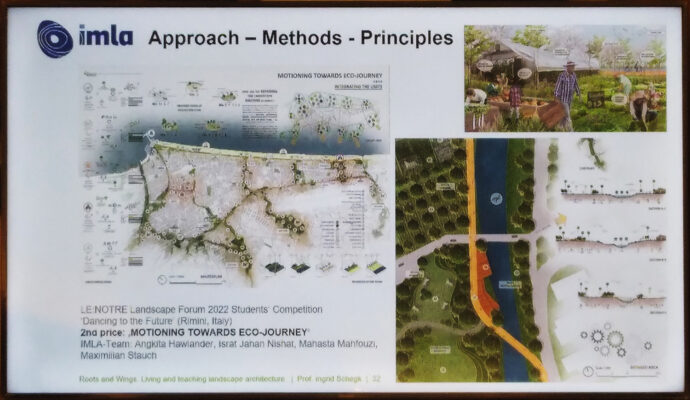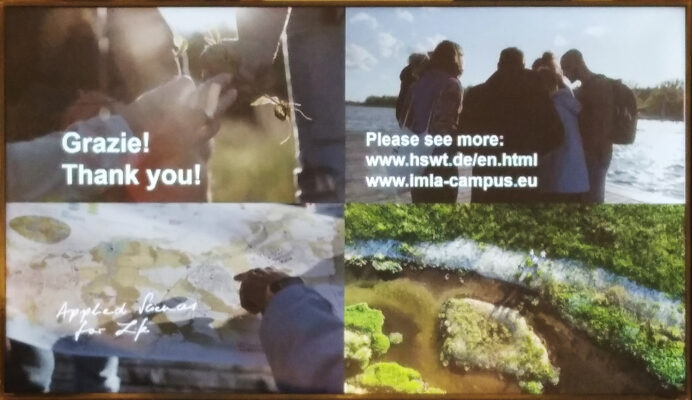What is the Université d’Eté? What topics were addressed?
For those who missed the first part of the speeches, we recommend reading the article “Masters of the Landscape – Université d’Eté – Gandi and Degré”
We therefore remind you that the Université d’Eté is an in-depth appointment for professionals that was held on 9 September at the Monastery of Astino, therefore in a delightful setting, during the Landscape Festival “The Masters of the Landscape”.
The topic of discussion was PROFESSIONS FOR THE LANDSCAPE, a stimulating afternoon full of design and construction suggestions for the growth of the concept and culture of the landscape in Italy.
The key questions that linked the various interventions were:
How is the territory taken care of? Why can and should new landscape professionals be trained?
We thank you again for the wise organization of the Arketipos association which made possible a discussion on these topics.
I was undecided on how to deal with this afternoon’s information transfer, however, to savor each step, I decided to divide it into 3 parts and report the interventions as they were without journalistic interference.
So here are the pregnant interventions of the guests and good reading.
Université d’Eté: Landscape professions
Speech by Mr. Fabio Bombardieri, President of the MIA Foundation of the Congregation of Misericordia Maggiore Bergamo for the Monastery of Astino
First of all, thank you for choosing the Monastery of Astino for this meeting. It is the third year that takes place here and this has an important meaning for us.
We talked about landscape, nature, local activities, afterwards we will talk about examples of school, these are all themes that we need to review what has been done, but above all to reflect on what is still missing.
What was the Astino Monastery like a few years ago?
Anyone who knows this place before we started working on it knows the transformation that has taken place. From scrubs and collapsing walls, we arrived at what you see, but we also arrived at an important path of human involvement in a place that was previously essentially abandoned. Both as regards the land, the forest, both as regards the structure.
Thanks also to these days of reflection, and thanks to Dr. Rodeschini who has been on our board for 3 years, we decided to compare what we have done with what were the principles of the landscape of the Council of Europe.
Here the idea of applying for the landscape award was born. It is known that the people of Bergamo do not like to show off their merits, but given the bad period that Bergamo has seen on television with the dead of the pandemic, we have decided to show something beautiful.
How did we do it?
It was possible to involve the peasants and eight farmers who cultivate the fields.
There is a social garden of a foundation that follows people with hardships. There has been a recovery of the history of the valley at the time of the Vallambrosian monks with a strong impact and social involvement.
By working hard over the years, it has been possible to transform the Monastery into a cultural and musical center and, above all, into a very popular place.
What has this valley become? a starting point for outdoor activities for the inhabitants of Bergamo.
You arrive, park, come to see the monastery and proceed through the woods. People have been given back the way to live in the open air, improve free time, breathe culture and artistic beauty.
There is still a lot to do also from the point of view of the works. The whole second floor is missing, the structure in front of the church. We are thinking of a higher education school on the subject of hospitality and we are in a decisive phase on that.
We are also thinking about an important study center / international school of landscape and we have already thought about where to place it with the initial recovery of the tower of joy, a truly beautiful place at the entrance to the Astino valley and all this thanks to having worked with Arketipos which involved the Council of Europe, the region, the university and the municipality of Bergamo from the beginning.
We trust in an important partner who has to join, after which we will do everything to make this project come true. The lessons that will follow will see us attentive pupils.
Thanks for your attention.
Université d’Eté: Landscape professions
Speech by Prof. Ingrid Schegk, of the University of Construction and Building Design of Freising (Germany)
How is the territory taken care of?
Ingrid Schegk’s speech focuses on the slides she presented. So I left the presentation to them. I hope this makes the absorption of information more fluid.
Sorry for the rendering of the photos. Below the images, I report the links to retrieve the studies and I count on the fact that there is a lot of material on the net to learn more about the subject.
Applied Sciences for Life: University Profile
- We support applications: We represent teaching and research in applied sciences to help overcome local and global challenges. We develop and establish practical solutions for the sustainable use of our natural resources through the transfer of knowledge and technologies.
- We support science: we represent applied sciences, innovation and digital technologies for a sustainable approach to our natural resources and the effects of climate change. Through our interdisciplinary research activities, we contribute to the sustainable development of society and the protection of natural resources for future generations. We develop science-based solutions, products and innovations by addressing pressing practical problems in research projects and by transferring current scientific knowledge and methods into practice.
- We support life: as a green university, we put the protection of natural resources at the center of our content and organizational approach.
What does landscape design mean?
Landscape design is the structured and collaborative reflective process of (deductively) learned and (inductively) sought knowledge or the reflection of knowledge and experience
- With the aim of solving a design task within a specific context (physical and immaterial)
- At different levels of abstraction (concept) and concretization (construction)
- With the help of illustrative or communicative tools such as sketches and drawings
Based on an appropriate approach, design principles and supported method.
For more information visit www.hswt.de/en.html and www.imla-campus.eu
THE ADVICE OF THE WORLD OF THE GARDEN
Reading full of content is exhausting: it’s time for a good refreshing drink.
Now on horseback! Work awaits us! Our new wonderful outdoor space is about to be born!
GOOD WORK and … if you have any questions please write to info@mondodelgiardino.com


